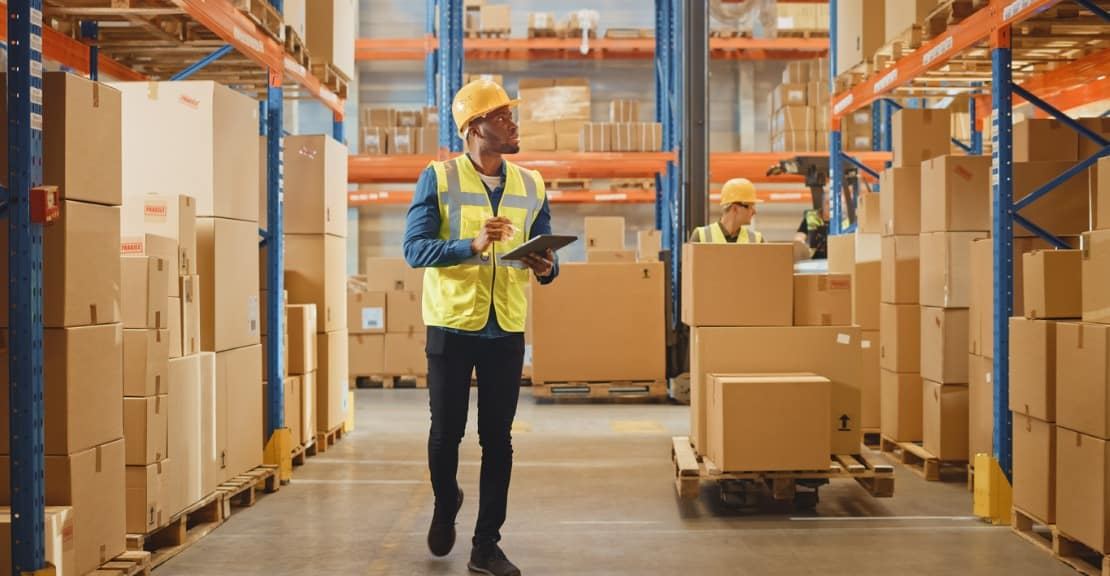AI and Robotics Transform Warehouse Management
In the era of e-commerce and just-in-time logistics, warehouses are no longer simple storage spaces—they are now high-tech hubs of efficiency, accuracy, and speed. Central to this transformation is the integration of Artificial Intelligence (AI) and robotics into Warehouse Management Systems (WMS). These technologies are revolutionizing warehouse operations, enabling real-time decision-making, process automation, and unprecedented levels of operational agility.
The Rise of Smart Warehousing
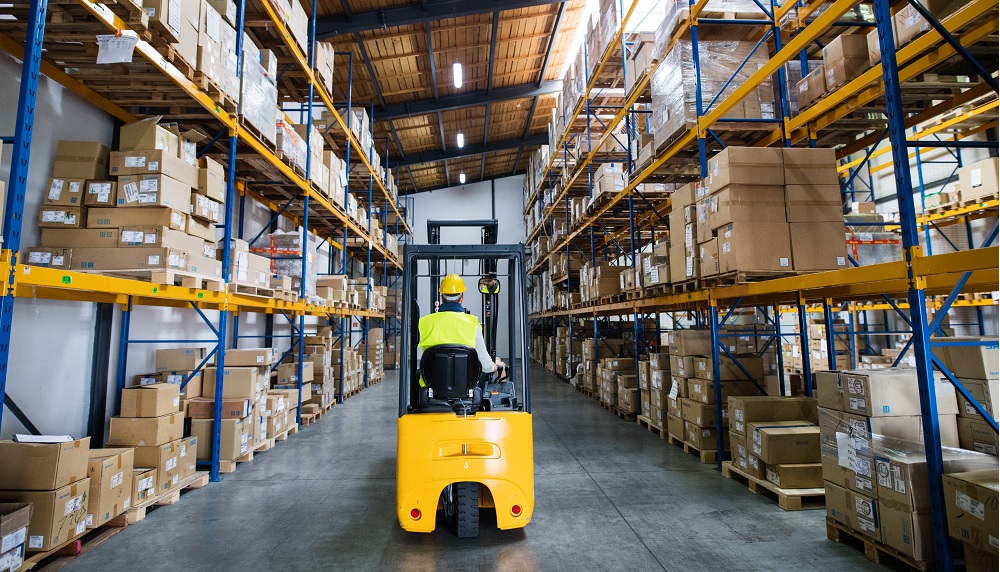
The traditional warehouse model—dependent on manual labor, paper-based processes, and static layouts—is increasingly being replaced by smart warehouses. Smart warehouses leverage interconnected systems, data analytics, and automation to optimize every aspect of warehouse operations, from inventory control to order fulfillment.
Artificial Intelligence and robotics play key roles in this evolution by enhancing automation and enabling intelligent decision-making across all stages of the warehousing workflow.
AI in Warehouse Management Systems
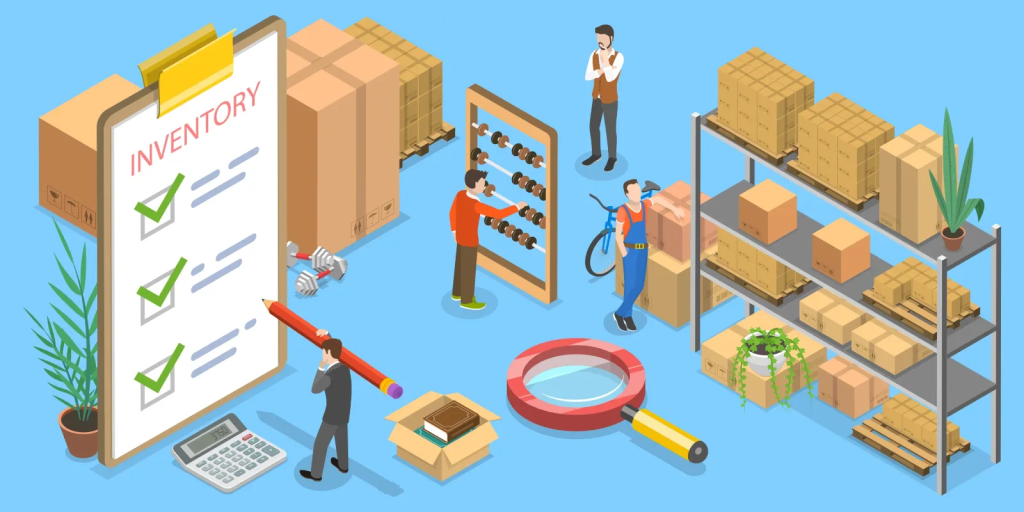
1. Inventory Forecasting and Optimization
AI-powered WMS can analyze historical data, market trends, and seasonal demand patterns to predict inventory needs with high accuracy. This forecasting helps reduce stockouts and overstock scenarios, ensuring that products are available when needed while minimizing holding costs.
Machine learning algorithms continuously learn from past data and refine forecasts over time, improving accuracy and adaptability.
2. Real-Time Decision Making
AI enables real-time analytics and decision-making within WMS platforms. For instance, if a specific route within the warehouse becomes congested, the system can reroute picking paths dynamically. Similarly, AI can prioritize urgent orders or detect anomalies in inventory counts and trigger corrective actions immediately.
3. Optimized Picking and Packing
AI helps optimize picking and packing strategies based on order urgency, item location, worker availability, and historical efficiency data. Zone picking, wave picking, and cluster picking methods can all be dynamically adjusted using AI to boost speed and reduce worker fatigue.
4. Demand-Driven Procurement
AI can predict demand spikes and automate procurement workflows, triggering supplier orders before stock levels drop below critical thresholds. This proactive approach improves supply chain resilience and reduces lead times.
Robotics in Modern Warehousing
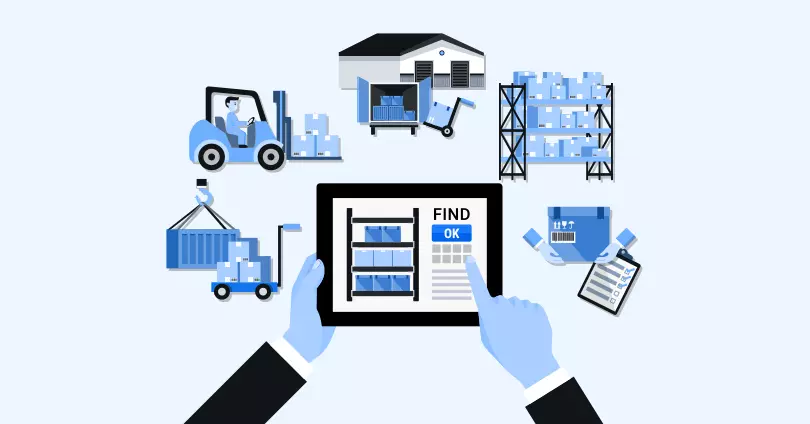
1. Automated Guided Vehicles (AGVs)
AGVs are robots that follow predefined paths or use sensors to navigate autonomously within warehouses. They are used for transporting goods between zones, replenishing shelves, and supporting packing lines. Their precision and 24/7 operation capability significantly reduce manual handling costs.
2. Autonomous Mobile Robots (AMRs)
AMRs take AGVs a step further by using AI, LiDAR, and SLAM (Simultaneous Localization and Mapping) technologies to understand their environment in real time. AMRs can make decisions on-the-go, rerouting when obstacles appear or choosing the most efficient path based on real-time traffic inside the warehouse.
3. Robotic Arms for Sorting and Packing
Robotic arms equipped with AI-driven vision systems can identify, sort, and pack a wide variety of products with speed and precision. They can handle fragile items, irregular shapes, and variable weights, outperforming human workers in consistency and speed.
4. Drones for Inventory Checks
Inventory audits are labor-intensive and time-consuming. Drones equipped with RFID or barcode scanners can fly through warehouse aisles and conduct inventory checks faster, more accurately, and with minimal disruption to operations.
Benefits of AI and Robotics Integration
- Increased Efficiency: Robotics automate repetitive tasks, while AI optimizes workflows, leading to faster throughput.
- Reduced Operational Costs: Lower labor costs, reduced errors, and optimized storage space contribute to cost savings.
- Enhanced Accuracy: AI systems reduce human error in order processing, inventory tracking, and forecasting.
- Scalability: Warehouses can scale up operations during peak seasons without hiring large temporary workforces.
- Improved Safety: Robots handle hazardous tasks or heavy loads, minimizing workplace injuries.
Challenges and Considerations
Despite the benefits, adopting AI and robotics in warehouses comes with challenges:
- High Initial Investment: The upfront cost for robotic systems and AI integration can be significant.
- Workforce Upskilling: Human workers must adapt to new roles, requiring training in managing and maintaining automated systems.
- System Integration: Integrating AI and robotics with legacy WMS and ERP systems can be complex.
- Data Privacy and Security: AI relies on vast amounts of data, which must be protected from breaches and misuse.
The Future of Warehouse Management
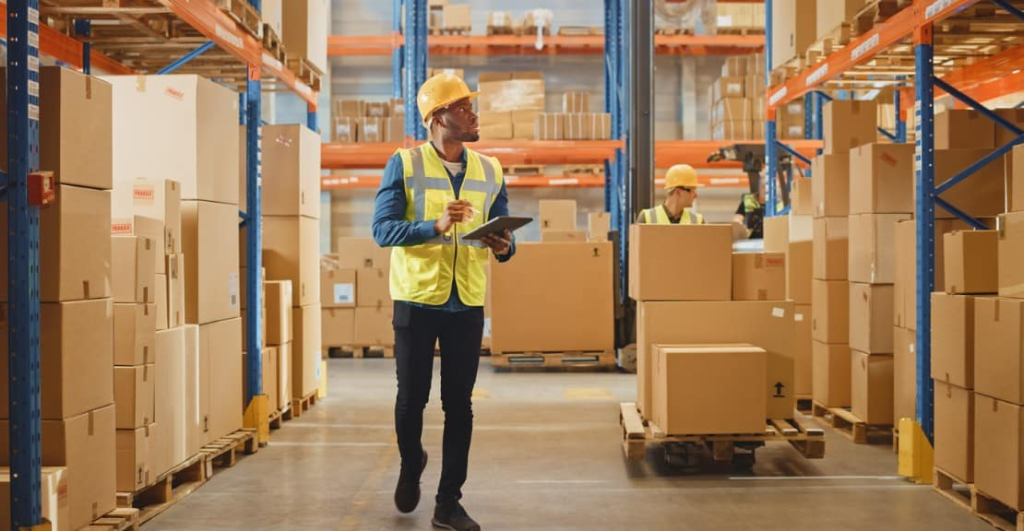
The future of warehouse management lies in seamless human-machine collaboration. Rather than replacing human workers, AI and robotics augment their capabilities. Workers become supervisors, analysts, and technicians, overseeing robotic fleets and fine-tuning algorithms.
As technology matures, we can expect:
- Greater use of predictive analytics across the supply chain.
- Fully autonomous warehouses where AI systems orchestrate every operation.
- Integration with 5G for real-time coordination of high-density robotic networks.
- Continued reduction in operating costs and order-to-delivery times.
Conclusion
Artificial Intelligence and robotics are redefining what’s possible in warehouse management. From smarter inventory planning to fully automated picking operations, these technologies offer immense potential for improving efficiency, accuracy, and scalability. As more companies adopt AI-driven WMS and invest in robotics, the warehouse of tomorrow is already taking shape—fast, flexible, and fundamentally smarter.
Industry Insights
news via inbox
Nulla turp dis cursus. Integer liberos euismod pretium faucibua

